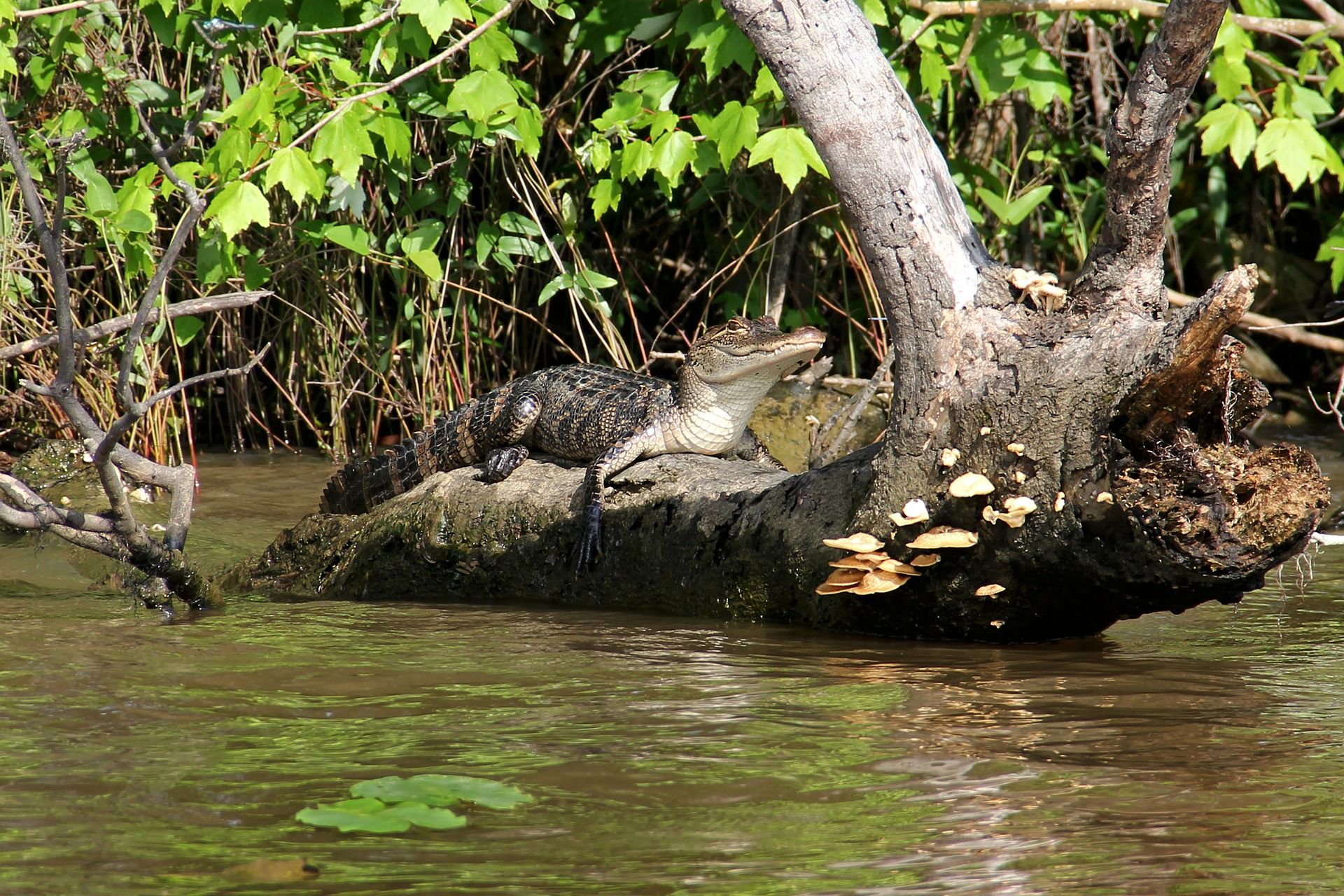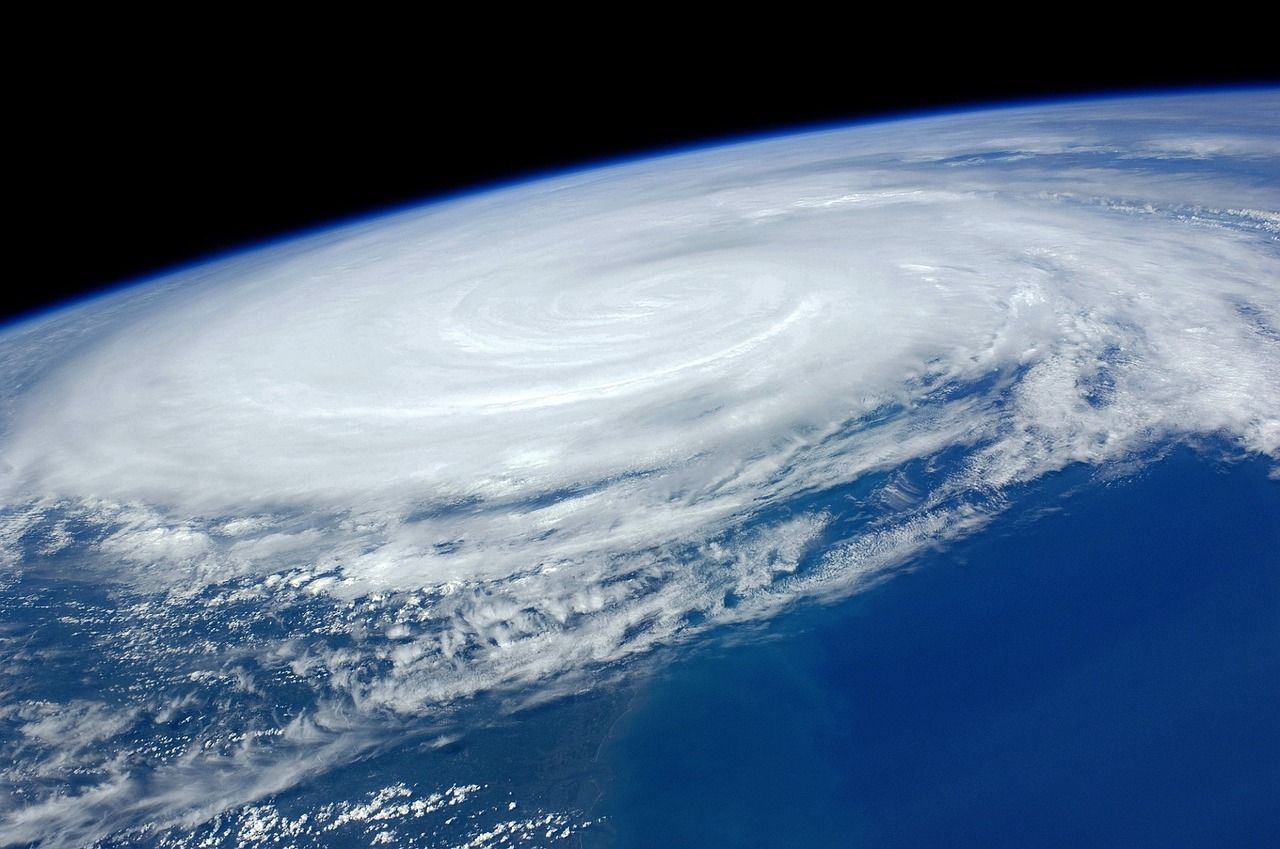Communicating in the Swamp: How to Navigate Public Thinking About Climate and Ocean Change

This is the first in a series about framing ocean and climate change.
When people think about oceans this summer, they might think of a good vacation spot—a place to spread out the beach towel, pop up the umbrella, and relax under the sun as the waves lap against the shore. Or they might think of oceans in spiritual or utilitarian ways—as sources of beauty and mystery, for example, or of food or commerce.
What’s missing from this picture? A scientific understanding of the world’s oceans and the critical role they play in our larger climate system. When asked to think about oceans, studies show that people rarely describe them in scientific terms—as complex marine environments that are home to a rich, but fragile, biodiversity of plant and animal life. Research also shows that people rarely focus on the interconnected relationship between oceans, land, and atmosphere.
This poses significant challenges for experts and advocates who are working to build support for programs and policies to address ocean and climate change. If people appreciate oceans for their role in the climate system, they will likely be open to calls to protect them. But if they think about oceans as tourist destinations, a way to feed the planet, or an opportunity to do business, they may have difficulty seeing their value beyond human consumption—and will be less receptive to calls to protect them for environmental reasons. If people think of oceans in spiritual terms, on the other hand, they may conclude that oceans are too “vast” and “awesome” to affect with public policy or systematic change.
The public’s understanding of oceans is one of the many cultural models—or deeply held and widely shared thoughts and assumptions—that people use when reasoning about the environment. The FrameWorks Institute, a communications think tank in Washington, D.C., compares these cultural models to a “swamp”—a place where “gators” (or unproductive ways of thinking) can swallow up experts’ and advocates’ messages. Advocates will be better able to navigate through this swamp if they understand what’s in it.

FrameWorks, in partnership with the National Network for Ocean and Climate Change Interpretation (NNOCCI) and with support from the National Science Foundation, conducted anthropological research into public thinking about ocean and climate change and produced a comprehensive report about the swamp on ocean and climate change and the gators that lurk there. Some key findings follow:
- Experts say reducing carbon emissions is the key to addressing climate change and insist that government intervention is imperative. The public, however, lacks a clear understanding of what solutions would actually help and tend to focus on generic “green” activities such as recycling and other individual behaviors. In general, the public fails to recognize the urgency of the situation and the costs of delayed action.
- Experts view carbon dioxide as the primary driver of climate change, yet the public see it as a natural part of life and assumes that what is natural cannot also be a problem. This lends credence, in the public’s eye, to the rejection of carbon dioxide as a cause of climate change.
- Experts treat science as a source of knowledge, while the public toggles between treating it as authoritative or worthy of skepticism. While science authority is important to the public, without a clear understanding of the underlying mechanisms of climate and ocean change, people are vulnerable to erroneous assertions and bogus solutions. Science skepticism turns the topic into a political tug-of-war and redefines science as politics. Both of these outcomes are barriers to effective science translation.
In addition to gaps, the public lacks an understanding—or has “cognitive holes”—of some core issues related to ocean and climate change. The public, for example, does not see the climate as part of a complex, interconnected environmental system, and people have trouble reconciling short-term fluctuations in the weather with long-term trends in the climate.

Experts and advocates can overcome these challenges with communications tools that help people understand the science behind climate and ocean change and that fill in their “cognitive holes.” These tools include Explanatory Metaphors, Values, and other frame elements that help people understand the connections between climate and ocean change and allow them to see the climate as a system.
Previous FrameWorks research has found that comparing the atmosphere to a heat-trapping blanket cues more productive ways of thinking about how carbon dioxide in the atmosphere leads to warming. Appealing to certain values, meanwhile, has been shown to help people think about and support systemic solutions. These include the values of Protection (the idea that we should preserve the welfare of the people and places we care about); and Responsible Management (the idea that we must solve problems with coordination and planning).
This deeper understanding can change attitudes to and judgments about appropriate and accessible solutions. Click to learn more about other gaps and holes—and discover ways to bridge them and fill them in with productive communications tools. And read this report for a detailed review of research findings and recommendations about how to frame ocean and climate change. More recommendations will follow in subsequent blog posts in this series.
More Blog Posts
 Rosemary Mosco: Climate IllustrationRosemary Mosco: Climate Illustration by Allison Arteaga, March 18 2019 A comic that circulated through social media this past month spread hope on climate change to thousands, and it was all inspired by the artist’s connections to the National Network for Ocean & Climate Change Interpretation (NNOCCI). “Climate Worries”, a cartoon by science [READ MORE]
Rosemary Mosco: Climate IllustrationRosemary Mosco: Climate Illustration by Allison Arteaga, March 18 2019 A comic that circulated through social media this past month spread hope on climate change to thousands, and it was all inspired by the artist’s connections to the National Network for Ocean & Climate Change Interpretation (NNOCCI). “Climate Worries”, a cartoon by science [READ MORE] Climate Emotions: Helpless Or Hopeful?Climate Emotions: Helpless Or Hopeful? by Heidi Zamzow, April 17 2019 With the recent IPCC warning that we may have perhaps a dozen years before we encounter severe and irreversible impacts of climate change, it comes as little surprise that a recent survey* in climate communications research indicates 7 in 10 people in the U.S. are concerned [READ MORE]
Climate Emotions: Helpless Or Hopeful?Climate Emotions: Helpless Or Hopeful? by Heidi Zamzow, April 17 2019 With the recent IPCC warning that we may have perhaps a dozen years before we encounter severe and irreversible impacts of climate change, it comes as little surprise that a recent survey* in climate communications research indicates 7 in 10 people in the U.S. are concerned [READ MORE] Cut through Confusion with Appeals to Protection and ResponsibilityCut through Confusion with Appeals to Protection and Responsibility September 07 2016 This is the third in a series about framing ocean and climate change. Advocates and experts are familiar with common—but often untrue—tropes about our environment. How can we cut through them and communicate in a way that deepens understanding about the complex [READ MORE]
Cut through Confusion with Appeals to Protection and ResponsibilityCut through Confusion with Appeals to Protection and Responsibility September 07 2016 This is the third in a series about framing ocean and climate change. Advocates and experts are familiar with common—but often untrue—tropes about our environment. How can we cut through them and communicate in a way that deepens understanding about the complex [READ MORE] Attention Environmental Advocates: Avoid ‘Cute Critters’ and other Communications TrapsAttention Environmental Advocates: Avoid ‘Cute Critters’ and other Communications Traps August 09 2016 This is the second in a series about framing ocean and climate change. A fuzzy polar bear cub against an expanse of melting snow. A seal pup slicked in oil. A newborn orangutan clutching its mother’s breast as she swings through a disappearing [READ MORE]
Attention Environmental Advocates: Avoid ‘Cute Critters’ and other Communications TrapsAttention Environmental Advocates: Avoid ‘Cute Critters’ and other Communications Traps August 09 2016 This is the second in a series about framing ocean and climate change. A fuzzy polar bear cub against an expanse of melting snow. A seal pup slicked in oil. A newborn orangutan clutching its mother’s breast as she swings through a disappearing [READ MORE] Correcting the ‘Non-Debate’ Debate about Framing Climate ChangeCorrecting the ‘Non-Debate’ Debate about Framing Climate Change by Julie Sweetland, June 02 2016 Most people are familiar with the “non-debate” debate between the overwhelming majority of scientists who conclude that fossil fuels are contributing to disruptions to the climate system and the tiny but vocal few who deny it. Now, another “non-debate” [READ MORE]
Correcting the ‘Non-Debate’ Debate about Framing Climate ChangeCorrecting the ‘Non-Debate’ Debate about Framing Climate Change by Julie Sweetland, June 02 2016 Most people are familiar with the “non-debate” debate between the overwhelming majority of scientists who conclude that fossil fuels are contributing to disruptions to the climate system and the tiny but vocal few who deny it. Now, another “non-debate” [READ MORE]